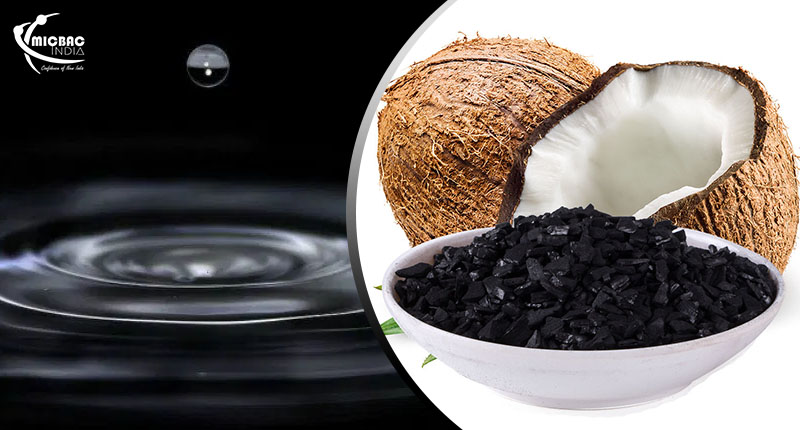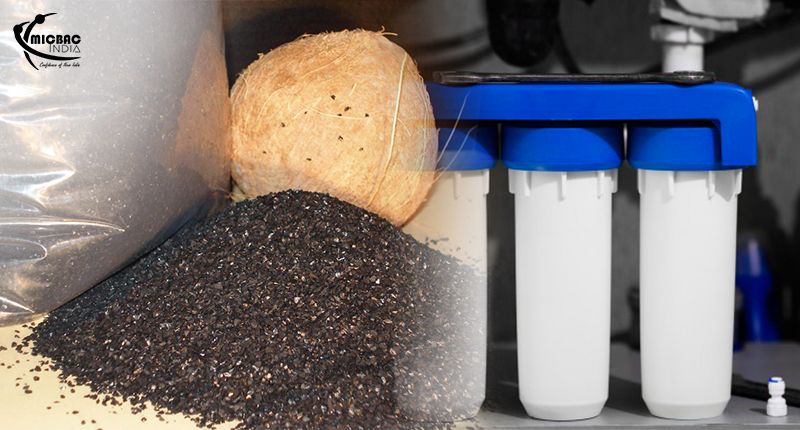Activated carbon pre-filters are commonly used for water purification. This activated carbon offers huge internal surface area and hence, is a good adsorbent of many contaminants found in drinking water. Activated carbon is usually produced from petroleum-based residues, peat, coal and coconut shells. Carbonaceous materials mostly have internal surface area and porosity in the range of 10-15 m2/g. But, activated carbons have internal surface in the range of 1000-1200 m2/g because the process of activation enhances this area.
The process of activation generates networking of minutes pores of diverse diameters on the surface of the carbon. In water purifier, water used this extended internal surface. Activated carbon is capable of removing organic contaminants like herbicides, pesticides and other disinfection from Tri halo methane and so on.
Why is coconut shell activated carbon a preferred choice for water purification?
Around 85 to 90% surface area of coconut shell activation carbon has pores in the range of <4nm, that is, micro pores. The size of the small pores is similar to size of contaminant molecules found in drinking water. Therefore, this carbon can effectively trap the contaminants. On the other hand, activated carbon produced from wood and peat mostly has macro and meso pores which are suitable for trapping bigger molecules. Again, the coal carbons have pores between wood and coconut shell carbons.
Of these three kinds of pores structures, micro pores are the most effective. Now, there are certain advantages of coconut shell activation carbon.
- The presence of micro pores in coconut shell carbon makes its structure strong and provides hardness and mechanical strength.
- The tight structure also provides high resistance to wearing and tearing by friction.
- Coconut carbon is renewable.
- Coconut is available all round the year since it is harvested 3 to 4 times a year.
- Coconut tree can also be preserved for several years.
Thus, it can be said that activated carbon made from coconut shell plays a significant role in purifying drinking water because –
- It adsorbs disinfection by-products such as THM
- It adsorbs VOCs
- It eliminateshalogens from the water
- It adsorbs herbicide and pesticide
- It improvesthe taste and appearance of water
Hence, activated carbon produced from coconut shell is highly effective in purifying drinking water.
For more information, https://micbacindia.com/coconut-shell-granular-activated-carbon


